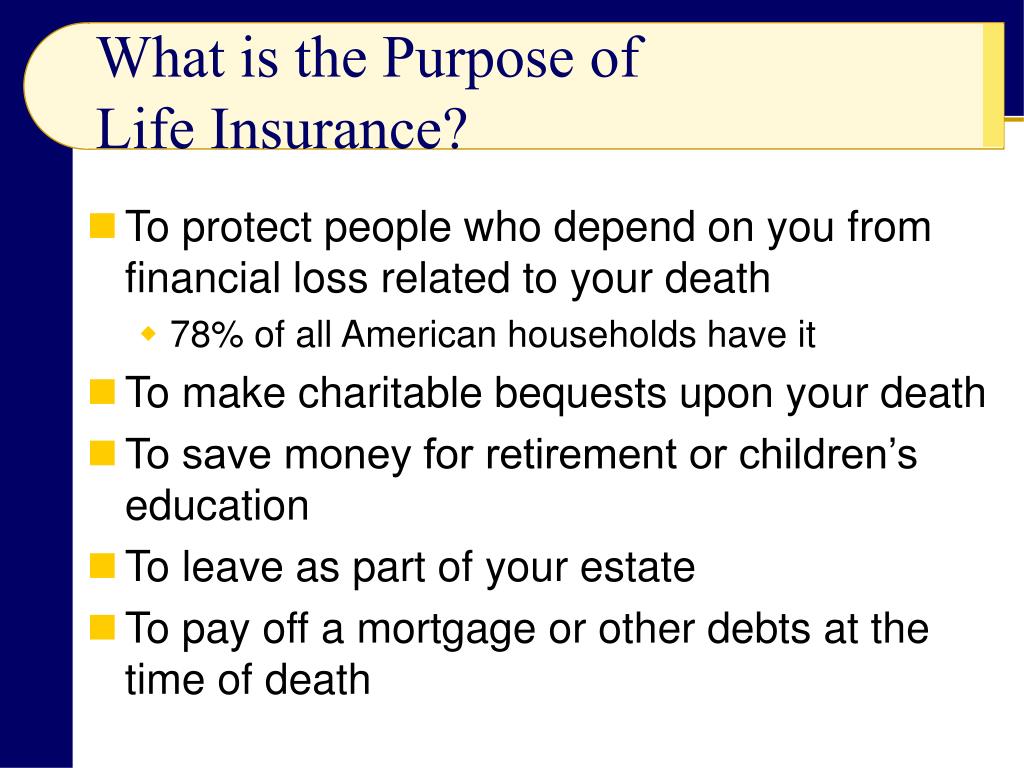The Main Principles Of Pacific Prime
The Main Principles Of Pacific Prime
Blog Article
Pacific Prime Can Be Fun For Anyone
Table of ContentsThe Pacific Prime PDFsThe Pacific Prime PDFsThe Best Strategy To Use For Pacific PrimeMore About Pacific PrimeSome Ideas on Pacific Prime You Should Know

This is since the data were gathered for a duration of strong economic efficiency. Of the approximated 42 million people that were without insurance, just about about 420,000 (regarding 1 percent) were under 65 years old, the age at which most Americans become qualified for Medicare; 32 million were grownups between ages 18 and 65, about 19 percent of all adults in this age; and 10 million were children under 18 years old, concerning 13.9 percent of all kids (Mills, 2000).
These estimates of the variety of persons without insurance are produced from the yearly March Supplement to the Present Populace Study (CPS), performed by the Census Bureau. Unless otherwise noted, national quotes of individuals without health insurance policy and percentages of the populace with different kinds of protection are based on the CPS, the most extensively utilized source of price quotes of insurance policy coverage and uninsurance rates.
4 Simple Techniques For Pacific Prime

Still, the CPS is particularly helpful because it produces yearly quotes relatively swiftly, reporting the previous year's insurance protection approximates each September, and since it is the basis for a constant set of estimates for greater than twenty years, allowing for analysis of fads in protection in time. For these reasons, along with the considerable usage of the CPS in other researches of insurance policy protection that exist in this report, we depend on CPS estimates, with constraints kept in mind.

The quote of the number of without insurance people increases when a population's insurance coverage status is tracked for numerous years. Over a three-year period starting early in 1993, 72 million people, 29 percent of the united state populace, lacked protection for at least one month. Within a single year (1994 ), 53 million individuals experienced a minimum of a month without insurance coverage (Bennefield, 1998a)
6 out of every ten uninsured grownups are themselves used. Working does boost the likelihood that one and one's household members will have insurance coverage, it is not a guarantee. Also members of households with 2 full-time breadwinner have nearly a one-in-ten chance of being without insurance (9.1 percent without insurance rate) (Hoffman and Pohl, 2000).
Little Known Facts About Pacific Prime.
New immigrants represent a significant percentage of people without medical insurance. One evaluation has actually attributed a considerable section of the current growth in the dimension of the U.S. uninsured populace to immigrants who showed up in the country between 1994 and 1998 (Camarota and Edwards, 2000). Current immigrants (those that involved the USA within the previous four years) do have a high rate of being uninsured (46 percent), however they and their kids represent simply 6 percent of those without insurance policy across the country (Holahan et al., 2001).
The partnership between medical insurance and accessibility to care is well developed, as recorded later on in this chapter. Although the connection in between health and wellness insurance coverage and health and wellness results is neither direct nor easy, a considerable professional and wellness solutions research study literary works links health insurance policy protection to improved access to care, better top quality, and boosted individual and population health status.
Degrees of analysis for checking out the impacts of uninsurance. It focuses specifically on those without any wellness insurance for any type of size of time.
The Facts About Pacific Prime Uncovered
The problems dealt with by the underinsured are in some respects comparable to those encountered by the without insurance, although they are usually much less extreme. international health insurance. my website Uninsurance and underinsurance, however, involve distinctly different policy issues, and the strategies for resolving them might differ. Throughout this study and the five records to adhere to, the primary focus is on individuals without health and wellness insurance coverage and thus no support in paying for healthcare past what is readily available through charity and safety internet establishments
Medical insurance is a powerful factor influencing receipt of care due to the fact that both clients and physicians react to the out-of-pocket cost of services - https://www.4shared.com/u/V2DOm1s8/pacificpr1me.html. Medical insurance, nonetheless, is neither essential neither sufficient to gain accessibility to medical services. The independent and direct result of wellness insurance coverage on accessibility to health and wellness services is well developed.
Others will certainly get the wellness treatment they need also without medical insurance, by paying for it out of pocket or seeking it from providers who supply treatment complimentary or at extremely subsidized rates. For still others, health insurance policy alone does not ensure invoice of treatment due to various other nonfinancial barriers, such as a lack of healthcare suppliers in their community, restricted accessibility to transportation, illiteracy, or etymological and social differences.
Rumored Buzz on Pacific Prime
Formal research about without insurance populations in the USA dates to the late 1920s and very early 1930s when the Board on the Expense of Healthcare generated a series of reports about funding doctor office visits and hospitalizations. This issue ended up being salient as the numbers of medically indigent climbed up during the Great Clinical depression.
Report this page